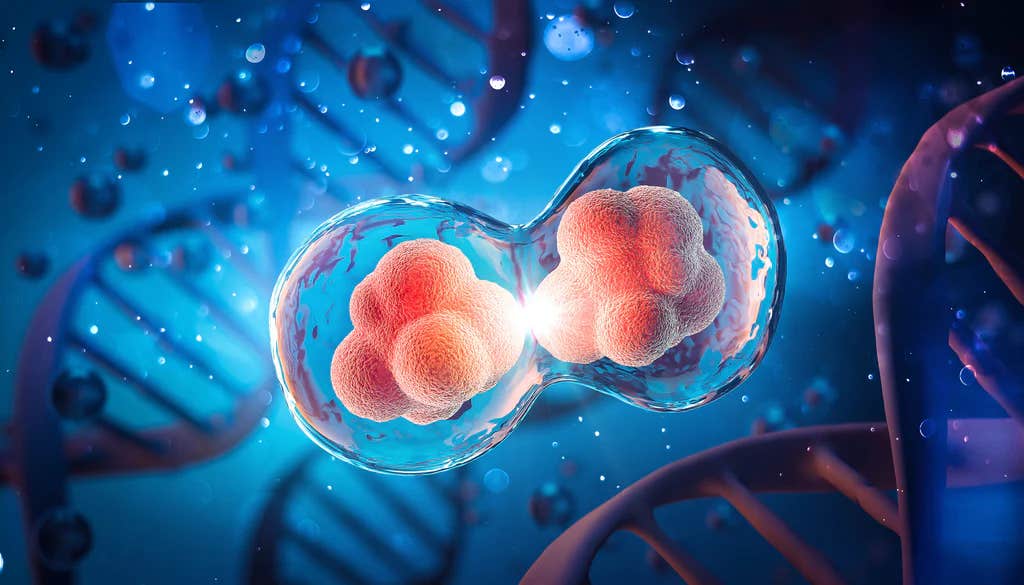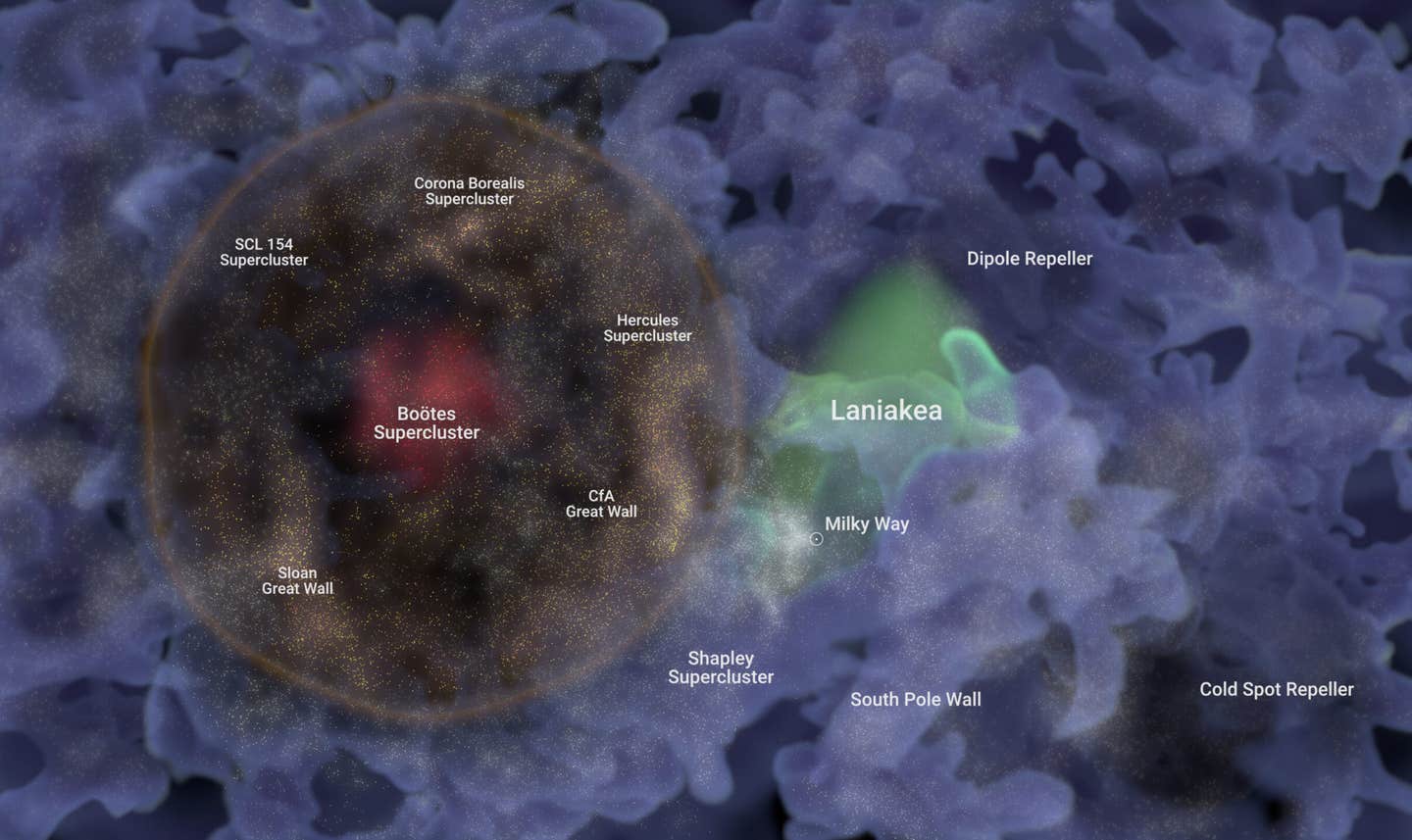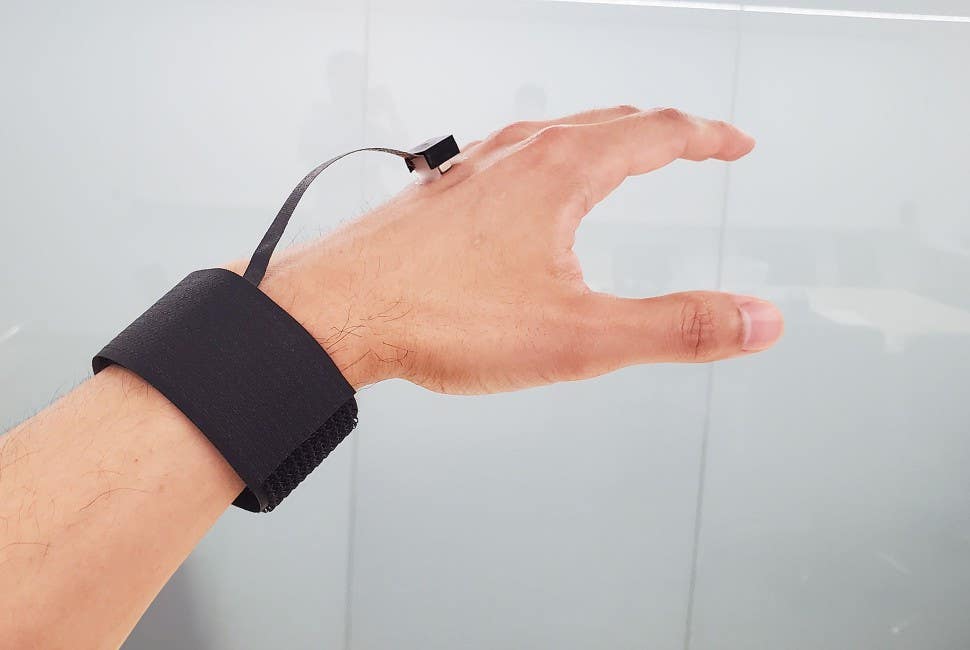Cells from different species can talk to each other, study finds
Discover how RNA transcends species boundaries, acting as a universal communication tool among cells across all life forms.

RNA molecules are short-lived and fragile, constantly under threat from enzymes that degrade them. Unlike the more stable double-stranded DNA, RNA barely lasts even in the cells that make it.
Yet, it has found a way to endure—wrapped in tiny bubbles called extracellular vesicles (EVs), which allow it to survive and transmit messages between cells. Once thought to be mere trash bags carrying discarded molecules, these vesicles have now emerged as sophisticated communication tools.
Hadi Valadi, a molecular biologist from the University of Gothenburg, was one of the first to recognize that the RNA inside some of these vesicles wasn’t broken-down junk. Instead, it was intact, functional, and capable of transmitting messages between cells. In one experiment, human cells exposed to vesicles from mouse cells began producing proteins they otherwise couldn’t, revealing the vesicles as vehicles for intercellular communication.
“If I have been outside and see that it’s raining,” Valadi explained, “I can tell you: If you go out, take an umbrella with you.” The same concept applies here: cells can warn one another of dangers, like pathogens, by sharing molecular signals.
Valadi’s discovery has paved the way for a growing body of research showing that RNA can function as a molecular “lingua franca,” allowing cells from different organisms—and even different kingdoms of life—to communicate.
Recent studies have confirmed that EVs containing RNA are not limited to bacteria and eukaryotic cells but also occur in archaea, which belong to a third domain of life. This universality suggests that vesicle-bound RNA is a fundamental communication tool for all life forms.
Related Stories
In fact, some studies now suggest that RNA can be used as a form of biological warfare. Plants and fungi, for example, can exchange RNA through EVs during infection. The plant Arabidopsis and the fungus Botrytis cinerea are locked in a coevolutionary arms race, each sending RNA messages to harm the other.
The fungus delivers RNA that disables the plant’s defense mechanisms, while the plant responds with RNA that disrupts the fungus's ability to spread. This interaction shows that RNA exchange is not always friendly and can have destructive consequences.
Amy Buck, an RNA biologist at the University of Edinburgh, describes the growing understanding of RNA’s communication role as groundbreaking. “It goes beyond appreciating the sophistication and the dynamic nature of RNA within the cell,” she said. The idea that RNA can transmit information beyond the boundaries of a single cell opens up entirely new avenues of research.
In another example of RNA’s versatility, microbiologist Susanne Erdmann and her team have found that Haloferax volcanii, a salt-loving archaean, uses EVs to transport RNA between cells. The presence of RNA in these vesicles raises intriguing questions about its purpose.
Unlike other archaeal species, which tend to pack DNA into their vesicles, H. volcanii uses RNA, possibly because RNA allows for quick, time-sensitive communication. As Erdmann puts it, “RNA is a different language than DNA,” one that can rapidly adapt to changing conditions.
In these environments, the stakes for timely communication are high. While DNA is stable and changes only over generations, RNA is more dynamic. It degrades quickly, but it also allows cells to send short-lived, real-time messages. This feature makes RNA especially useful for quick responses to environmental changes or threats.
This idea of RNA as a fast, transient message system has been further supported by the work of researchers like Hailing Jin at the University of California, Riverside.
Jin’s team found that parasitic fungi can send RNA to plants in an effort to compromise their immune responses. In a twist, the plant can sometimes hijack this mechanism to strike back. Jin refers to this back-and-forth as a “coevolutionary arms race,” where both sides evolve their RNA-based attacks and defenses over time.
RNA’s potential for cellular communication has vast implications for biology and medicine. It’s not just that RNA helps cells create proteins, as in the case of messenger RNA (mRNA) used in Covid-19 vaccines. It also helps regulate many of the processes that keep cells functioning. This flexibility has led scientists to study how RNA could be used to treat diseases or even as a tool in biotechnology.
Yet, with this power comes risk. RNA doesn’t discriminate between harmful and helpful messages. Just as we might accidentally click a dangerous link in an email, cells can accidentally read damaging RNA instructions. For example, Jin’s lab showed that a plant could trick a fungus into using its own cellular machinery to produce proteins that weaken its infectious ability. Jin likened it to a “pseudo-virus,” delivering instructions that undermine the enemy from within.
The more scientists uncover about RNA’s role in cell-to-cell communication, the more they realize how little is known. Buck believes the field is just beginning to blossom. There are still unanswered questions, such as whether other molecules in EVs help facilitate RNA communication and what role they might play in different organisms.
“It’s a fun challenge to unravel all of that,” Jin said. Understanding RNA’s full potential could revolutionize how we think about biology and the evolution of life.
Note: Materials provided above by The Brighter Side of News. Content may be edited for style and length.
Like these kind of feel good stories? Get The Brighter Side of News' newsletter.
Rebecca Shavit
Science & Technology Journalist | Innovation Storyteller
Based in Los Angeles, Rebecca Shavit is a dedicated science and technology journalist who writes for The Brighter Side of News, an online publication committed to highlighting positive and transformative stories from around the world. With a passion for uncovering groundbreaking discoveries and innovations, she brings to light the scientific advancements shaping a better future. Her reporting spans a wide range of topics, from cutting-edge medical breakthroughs and artificial intelligence to green technology and space exploration. With a keen ability to translate complex concepts into engaging and accessible stories, she makes science and innovation relatable to a broad audience.



